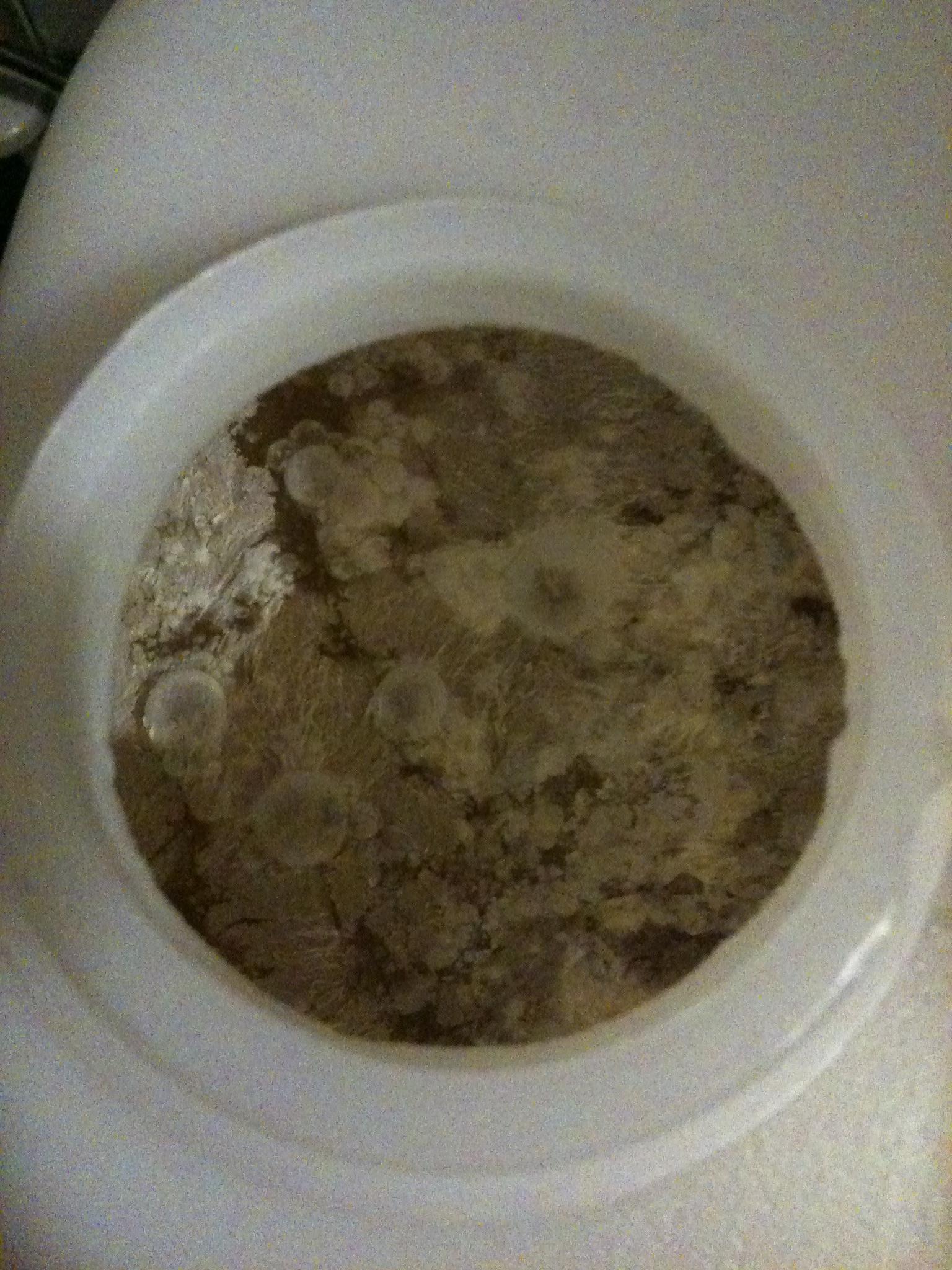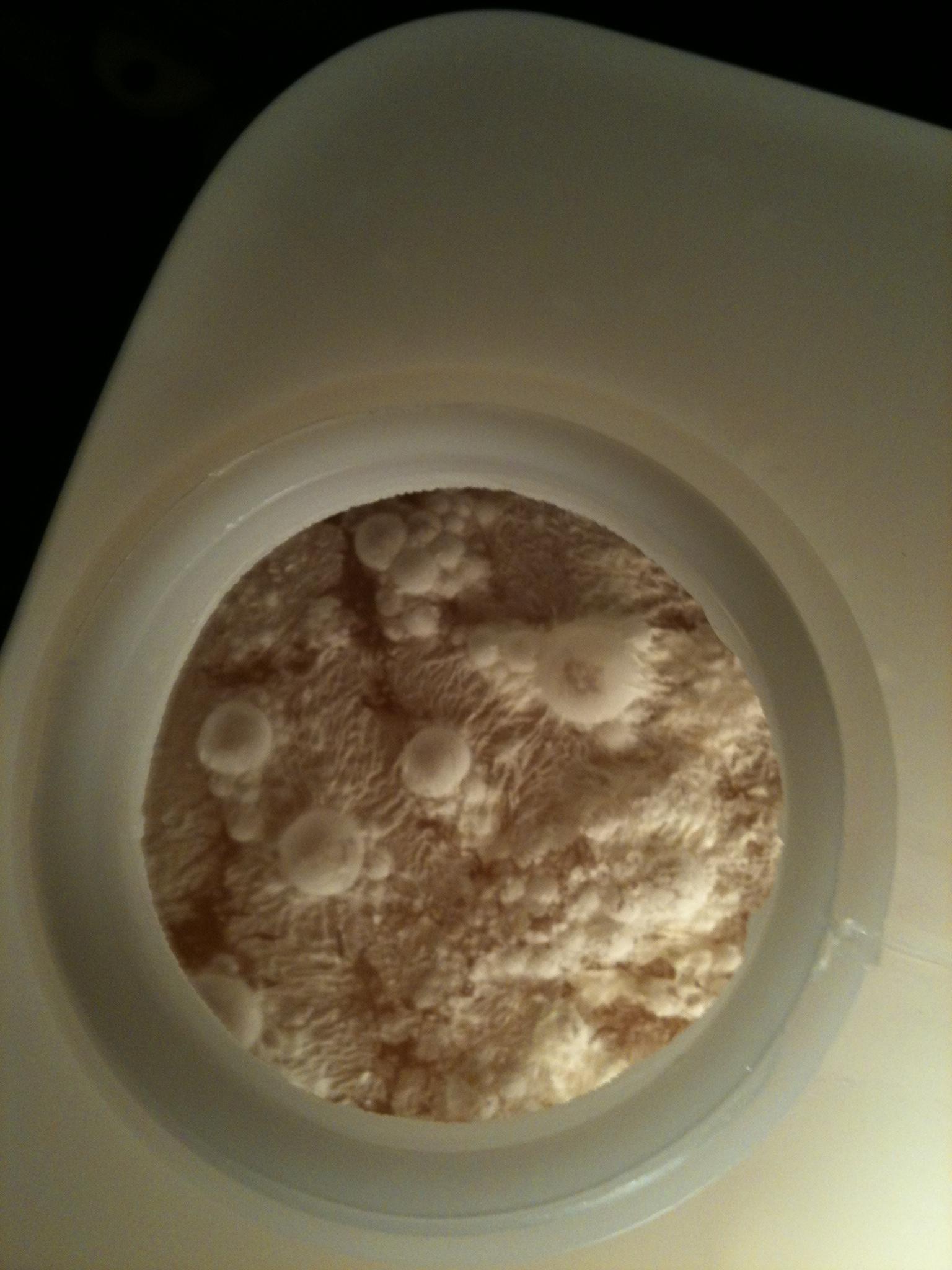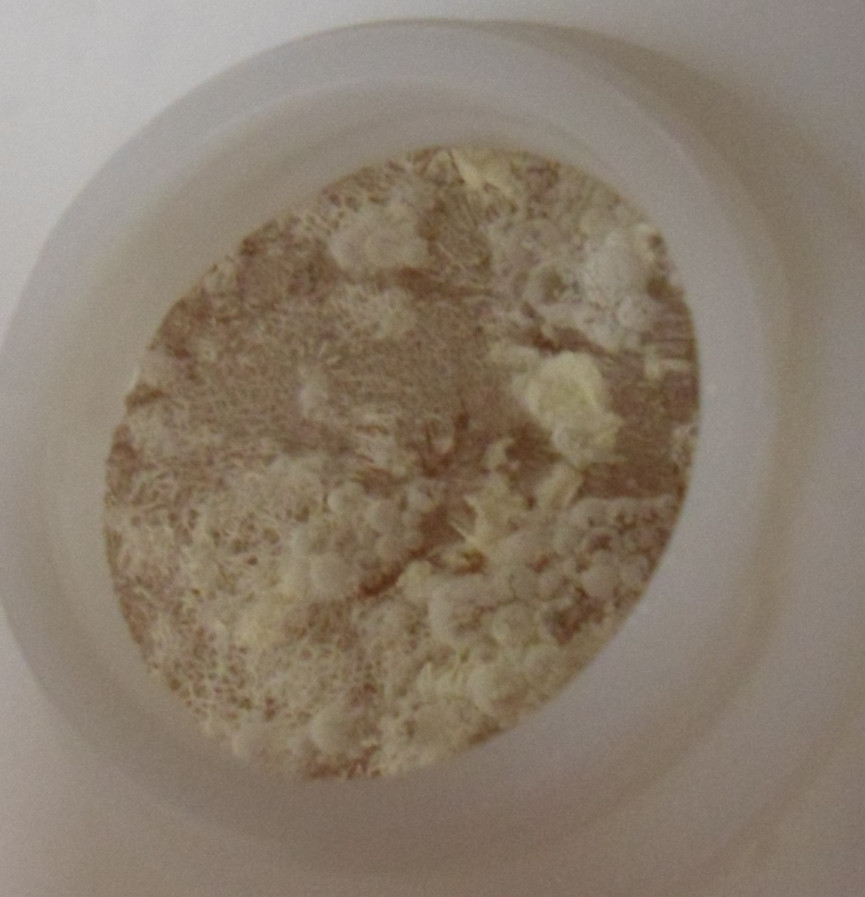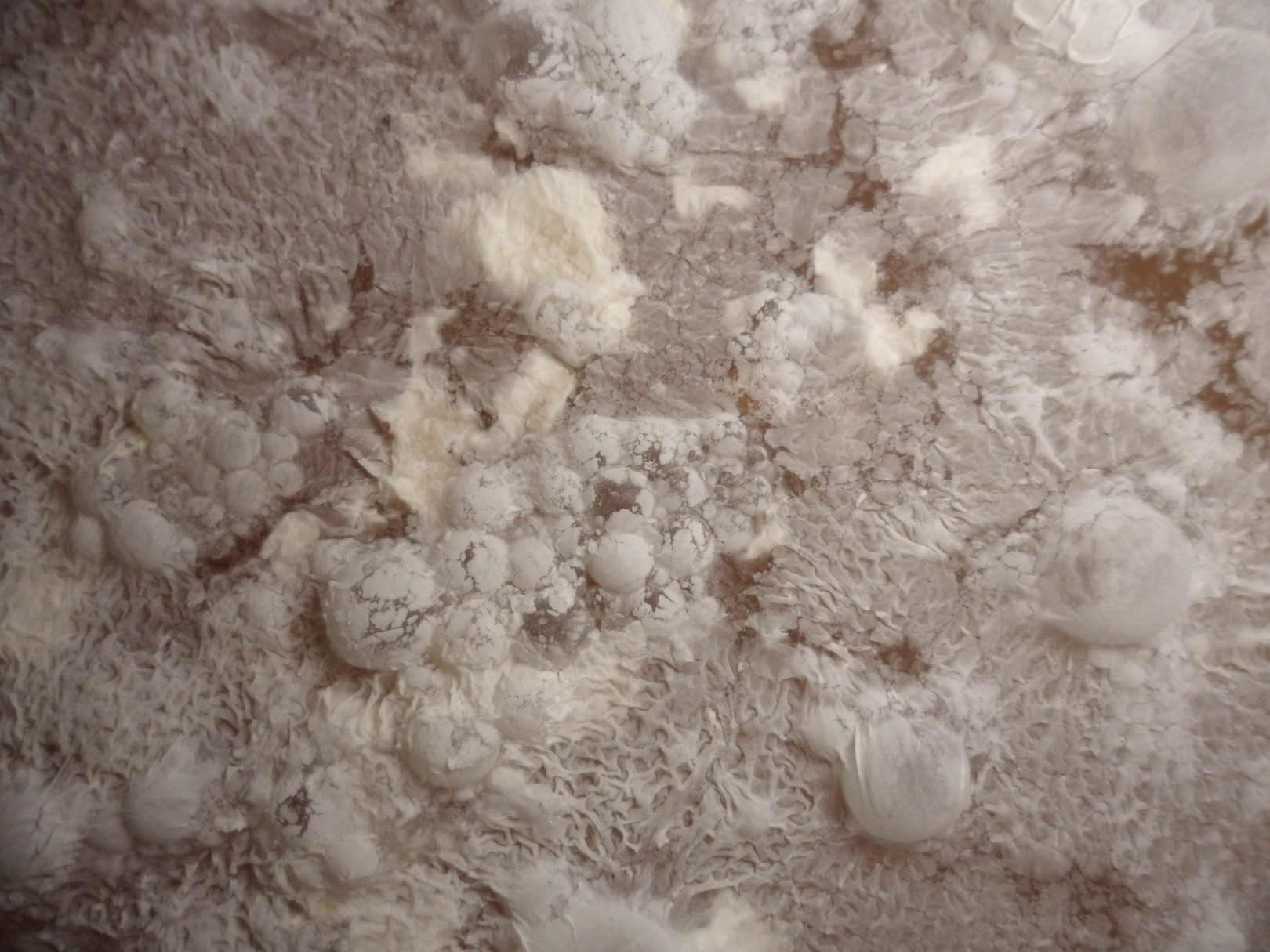Am I correct in assuming that this cider is now infected?
Annoying (and weird) that fermentation was complete, and it has been in the secondary for a week and a half without showing any signs, and I leave for the weekend and return to this!


Annoying (and weird) that fermentation was complete, and it has been in the secondary for a week and a half without showing any signs, and I leave for the weekend and return to this!








